The foundational knowledge of art, and constant practice, will help you create a backbone to grow as an artist. Learning the fundamentals can be difficult and tedious in the beginning, but it will get better over time.
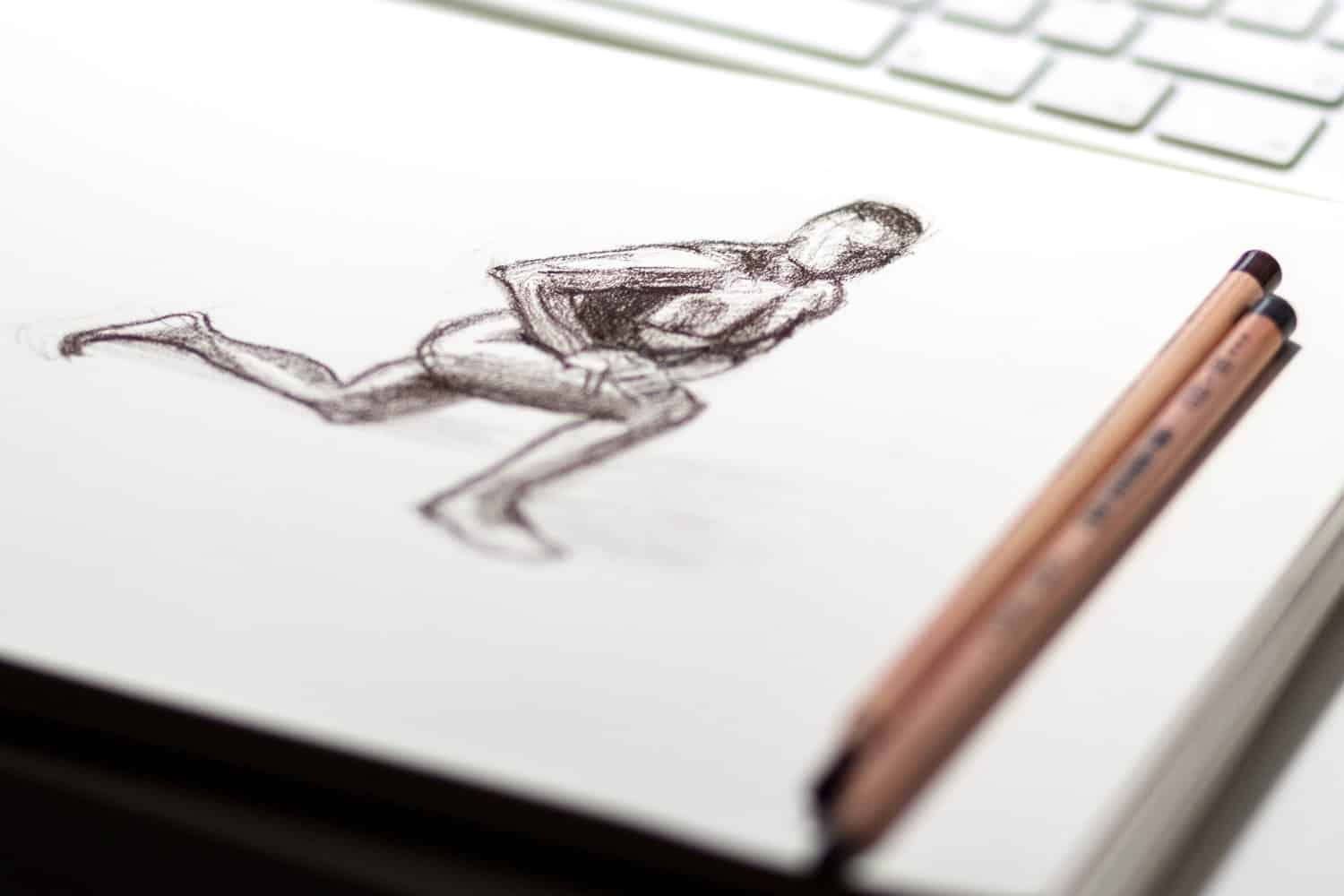
Knowing the fundamentals is essential before you start getting into the details of art education. The knowledge of the ground rules will help you set the foundation right, and you can mix and match to get outputs which are perfect. Practicing art fundamentals is the only way to get the best out of your artwork.
Each type of design that you are trying to create has several building blocks. You can break every complicated design, and then you will notice the essential elements that the artist is using.
The ability to create meaningful and robust artwork takes place only when you understand the fundamentals of art, and then you should focus on developing your technical expertise, and reflect your voice through your work.
Let’s look at the different fundamentals of art:
What Are The Fundamentals Of Art?

1. Anatomy
The study of anatomy might get intensive due to the sheer volume of information that is available. But, you will get a clearer picture of the relationships between different elements of the body and their proportions. It will help you draw some convincing characters and figures.
You need to understand the functioning of the joints to be able to highlight how the muscles and the bones will be moving. By improving your knowledge about surface forms and movement, you’ll be able to get the structure correct in the drawing of the human body. It also helps you learn intrinsic details like how shadows and highlights should be created when the bones and muscles are bent.
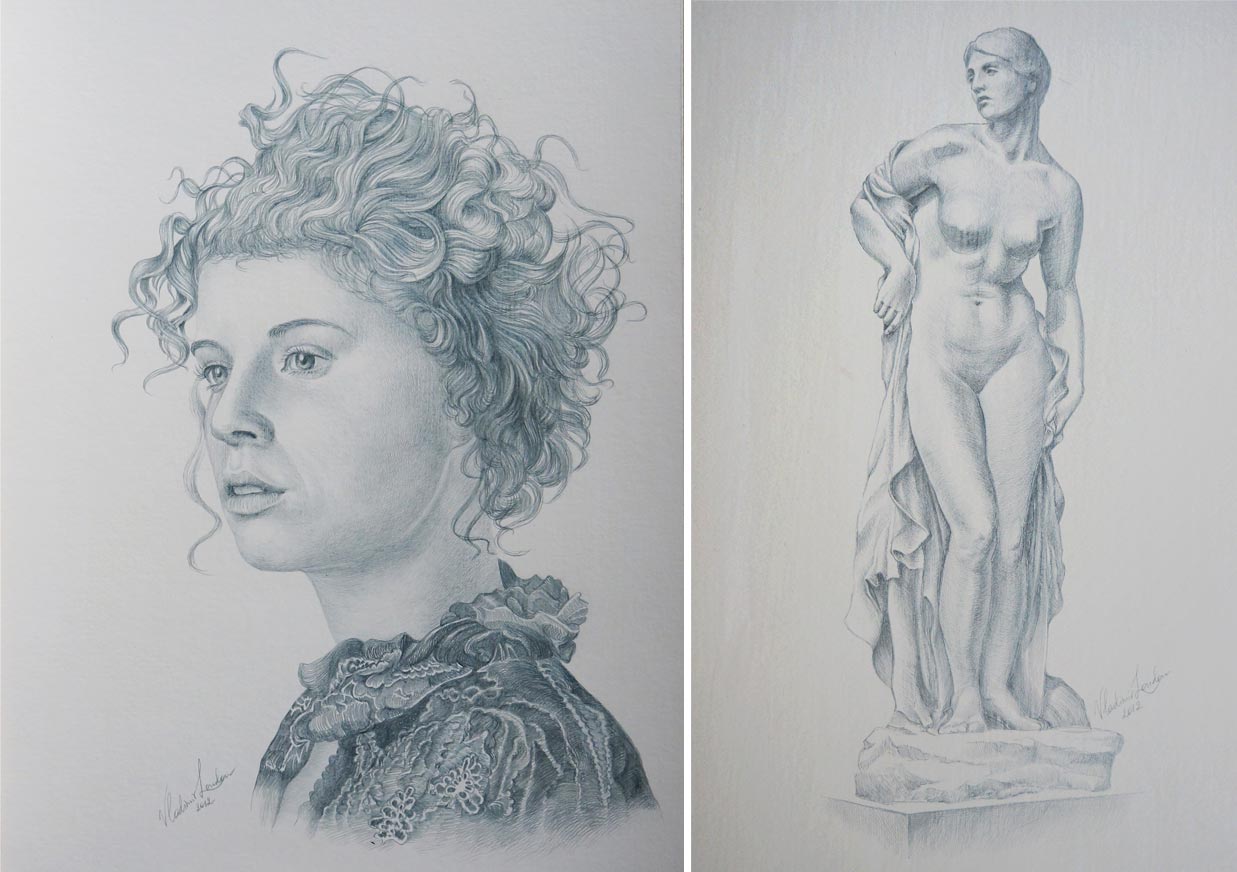
Image via drawingacademy.com
Every living being that you’re trying to draw whether it’s a creature or a human does have a skeleton. So, we advise you to master one area at a time because learning this basic concept can be challenging to internalize.
To have good knowledge about this fundamental topic is required for professional work, mainly if you belong to the field of entertainment art like cartooning, illustration, animation, or digital art as you will be required to draw different living creatures. It takes the right amount of skill and training to make something that is complex appear simple to the human eye.
Knowing about the anatomy is a building block to help you perfect different aspects of your drawing. For instance, it will help you understand how to design the sofa according to the proportion of the body or how to make the clothes fit perfectly on your character.
In art education, the study of anatomy has been a fundamental topic for decades. It helps you get the necessary interrelation of the human body correct, or else the characters can turn out to look rubbery and out of form. In the end, the study of the anatomy will help you create a sense of balance in your practice of art and sharpen your observations.
2. Value & Lighting
You will be covering every detail related to rendering in the study of value and lighting. Values can be the same, whether you have been using grayscale or color. If you gain a good understanding of value, then it will improve your knowledge of color selection. This reflects how the study of one complements the other.
Value and lighting will help to improve your understanding of form. Therefore if you have some prior knowledge about form, then it will be helpful to the study of value.
However, if you're a novice to the art of value, then you need to regularly practice drawing and keep trying to render as much as you can. Start with still life art as it does not move and slowly progress into the portrait. Practicing to draw inanimate objects can help to deliver fruitful results. This can get a little stressful, but it will be highly educational.
The study of value is about understanding the concept of light and shadow in detail. The technical aspect of light should be given immense attention when you’re opting to go for technical rendering.

Image via drawingacademy.com
Shadows are created in the absence of light, which means that a part of the object is receiving more light than the rest. It seems to be simple in theory, but you need a lot of practice to get this right. Shading is important in creating a sense of light and vice versa.
The concept of Value deals with the darkness or lightness of a particular color. The brightness and contrast in different images help to determine how we see different objects and understand them.
The entire point of focusing on value is to help you create an illusion of light. If you understand the use of Value than you’ll be able to combine shadows (the area in which light is not reflecting), and highlights (the area where light is reflecting) to create an illusion of a light source.
While you’re drawing, you need to understand the different aspects of light and the way it reacts on surfaces. A piece of artwork that has a complete range of values is mostly successful — irrespective of the type of art that you’re trying to create. You should have a piece of extensive knowledge about representing both dark values (shades) and light values (tints).
Putting the art of value and lighting into practice will help you suggest the mood and enhance the story of an image.
3. Color Theory
It is the knowledge about the different principles which is in use for creating beautiful color combinations. It should be harmonious and pleasing to our senses. Create a common ground for you to learn the different ways in which colors can be related, coordinated, blended, arranged, and used.
Having the basic knowledge about color theory will help you learn why specific colors tend to work aesthetically while the rest do not. You will be able to learn the art of color mixing, color contrast, and creating some significant visual effects.
Learning the fundamentals of color theory will require to understand these three factors:
Color harmonies - This helps you to know how to create unity or balance between colors. When you combine colors to make a harmonious combination, it’s pleasing to the eye of your audience. Harmony is not about monotony or chaos, but being able to create a sense of equilibrium between the two.
When you’re developing on your ideas to create color harmony, there are many color issues that you have to consider- the nature of primary colors, the circular nature present in hue, along with the concept of complementary colors. Choose your color harmonies wisely to help improve the look of your painting, or it might get spoiled.
Color wheel - The wheel has 12 colors arranged with a certain sense of progression. It has three types of colors, namely primary, secondary, and tertiary. The primary colors (yellow, blue, and red) are known to be stable as other colors cannot be mixed to create them.
While secondary colors (orange, green, and purple) can be created by a balanced combination of the primary ones. And you need to use an unequal mixture of secondary and primary colors to create tertiary colors (red-orange, yellow-green, blue-purple, yellow-orange, and red-purple).
Color context - Understanding this aspect will help you learn how a particular color behaves in relation to other colors. It can connote positive feelings in a specific context, but it might portray negative emotions in another.
For instance, red appears brighter when placed against a black background, but tends to look dull against a white background. There are no rules for how a color will behave, but instead, it’s about trying different combinations to select the best effect.
You also need to understand what each color connotes, to help you select the right color according to the setting. Warm colors like yellow, red, and orange have attractive personalities. While, cool colors like green, blue, and purple are less active and more comforting.
4. Composition
Having composition in your work is about being able to order the artistic elements in a unified manner which will help to make the final result effective. This does not imply that your work should only be satisfying on an aesthetic level, but it should be fulfilling other additional goals too. For instance, it should be able to convey a social message or be politically provoking.
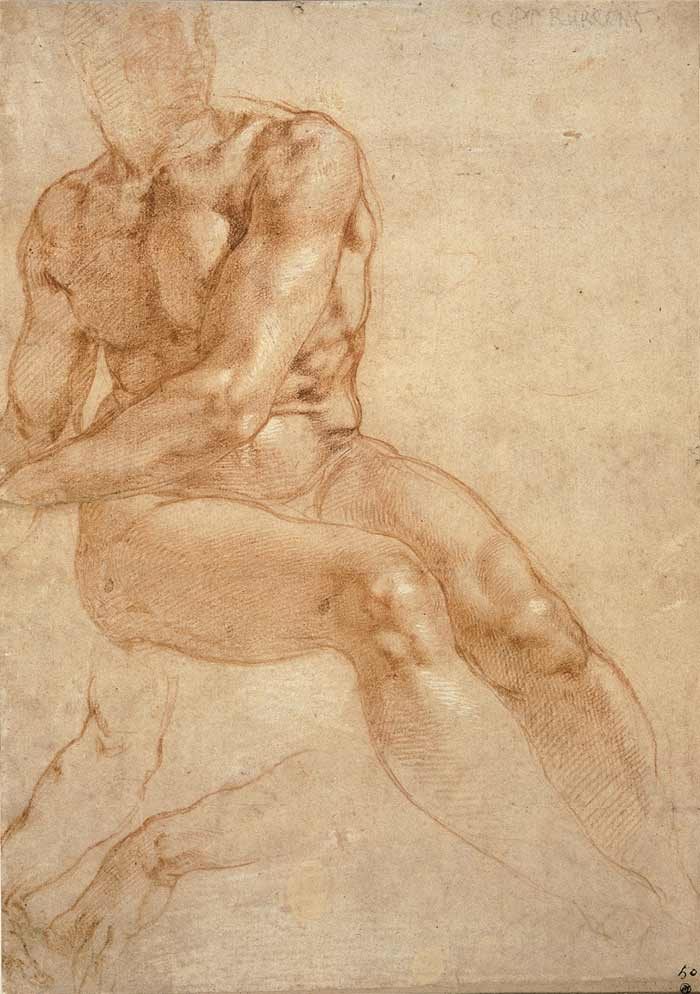
Composition helps to give your piece of art a precise layout and structure. It guides the eye of the audience to emphasize the focal point of your work. This provides a sense of achievement as the message is being conveyed through your work.
Even if you’re able to get the anatomy, form, lighting, perspective, and techniques in place, the entire drawing can run out of balance if the composition is not correct. If there is a weak composition then it can reduce or destroy the message and impact of even the most highly polished artwork. You cannot create any piece of art without a composition, because it will either be created by accident or in a conscious manner.
The composition is like the skeleton of a living being- we know that the body is being held by the bones even though we cannot see it. Similarly, in a piece of art, we know that an idea has given form to the work, and it will guide you to understand how each element should be placed.
There are some aspects in composition which should be focused on to help add value and grab the attention of the audience:
- Unity - concentrate on this area as it will help ensure that all the subjects in your composition are unified as one. If your piece of art lacks unity, then the work will appear unappealing and fragmented.
- Symmetry - it plays a significant role as the appeal of your painting depends on this. When you have a symmetrical painting it will create a balance, but an asymmetrical painting can appear awkward and unappealing.
- Focal Point - when the viewer rests their eyes on this point, the message of your painting should be conveyed, and an emotional connection should be created.
- Movement - creating a sense of motion in your work will help to keep the audience engaged. It also depends on how you position the figure and arrange the subject.
- Light contrast - focusing on this aspect will help you provide depth to your work and create drama.
- Proportion - it means being able to strike the right balance between size and quantity, which helps to enhance the originality of the object that you’re drawing.
If you’re able to get the fundamentals of composition in place, then you’ll be creating some realistic and appealing pieces of art. And if you don’t focus on this aspect than your work will end up losing the spark. This might be a little challenging initially, but when you keep creating art with a particular intention in mind, then the aspect of composition will get more transparent for you.
5. Form
Before the use of color became familiar it was the form that was considered the fundamental element in painting the parts of the human body. If you want to be able to create objects which appear three-dimensional or have length, breadth, and height then developing this skill is essential. When an artist starts recognizing different forms, they tend to see beyond the paper or the two-dimensional screen. This skill is quite simple to learn, but it is going to be challenging to master.
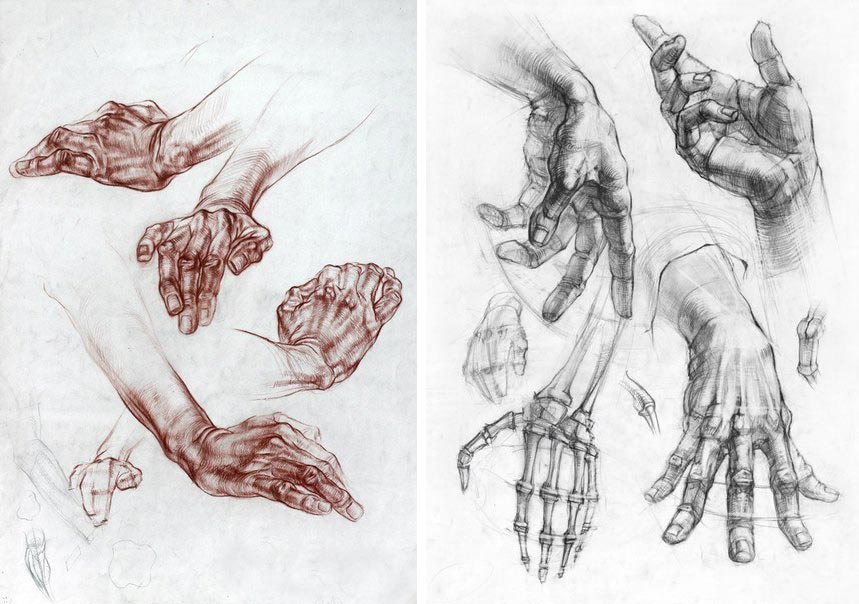
Image via drawingacademy.com
Form creates an illusion of volume in the art being created. But you can create the illusion of any form by learning the different ways in which light tends to react on a particular object. The ability to see various forms will enhance your skills as an artist. By getting a grip on this skill, you will learn to draw images that appear realistic.
Are you wondering how you can probably practice this skill?
Well, you first need to learn how to break down the different complicated forms into simpler forms like cones, spheres, cylinders, pyramids, wedges, and boxes. If you can learn to draw these basic shapes from every different angle, then you’ll gain the skills to reconstruct everything else. You’ll be able to draw any design without the requirement of having a reference material for it.
6. Perspective
Having even basic knowledge about perspective can help to improve your artistic skills. If you learn these tricks, then you will have a sense of reality in your art by creating an illusion of depth in your paintings, and you will learn to draw from various viewpoints. You’ll also understand the placement of lighting and shadows.
If you’re focusing on creating something with just a single tone, then having a simple perspective is enough. In which you need not worry about Value, color, tone, or shading/light. Perspective is the key element in your drawing, which gives a three-dimensional feel to even a flat image. It’s a system of representation in a way that distant objects will tend to appear closer and smaller in art.
The three types of perspectives are:
- One-point perspective
- Two-point perspective
- Three-point perspective
7. Line
It is often argued that the Line is the most important element in art. It’s the design tool in which every piece and type of art relies upon. A line has tone, width, texture, and length. It can define different forms, divide a particular space, suggest a direction, and describe contour. Without the use of Line, you cannot afford to note shapes, suggest textures, or add depth.
The different types of line drawings are:
- Center and Structural Lines - In animation these lines are commonly used to make sure that figures are balanced and symmetrical
- Contour Line - This is used to create an outline for drawing to make the Form or edge of an object more defined.
- Line Weight - This is used to show the line strength, or how dark or light the Line can appear on paper.
- Orthogonal Line - You’ll find the use of this Line in perspective drawing. These are lines that tend to reach the vanishing point and meet there.
- Horizon Line - The use of this Line is seen in landscapes in which the height of the observer’s eye is controlled.
- Implied Line - This occurs when after a tiny break you tend to continue the Line, and it proceeds along the same direction.
- Hatched and Cross Hatched Line - Found in drawings which consist of crossing parallel lines (cross-hatching) or parallel lines (hatching). It helps to create differences in darkness, lightness, and texture.
8. Edge
As you place two different strokes of color one next to the other, you tend to create a certain edge. It is referred to as the transition between two shades of color.
You might notice that there might be few soft edges, some are sharp, and some might be lost entirely as you don't know where one color ends and the other starts. Sharp edges are usually placed around the focal point of a painting, as they tend to demand attention while the soft edges highlight a sense of gradual transition.
Edges usually form when there is a change in plane, object or color; you need to understand the factors which tend to influence the way we see these edges which are movement, focus, light, and environment.
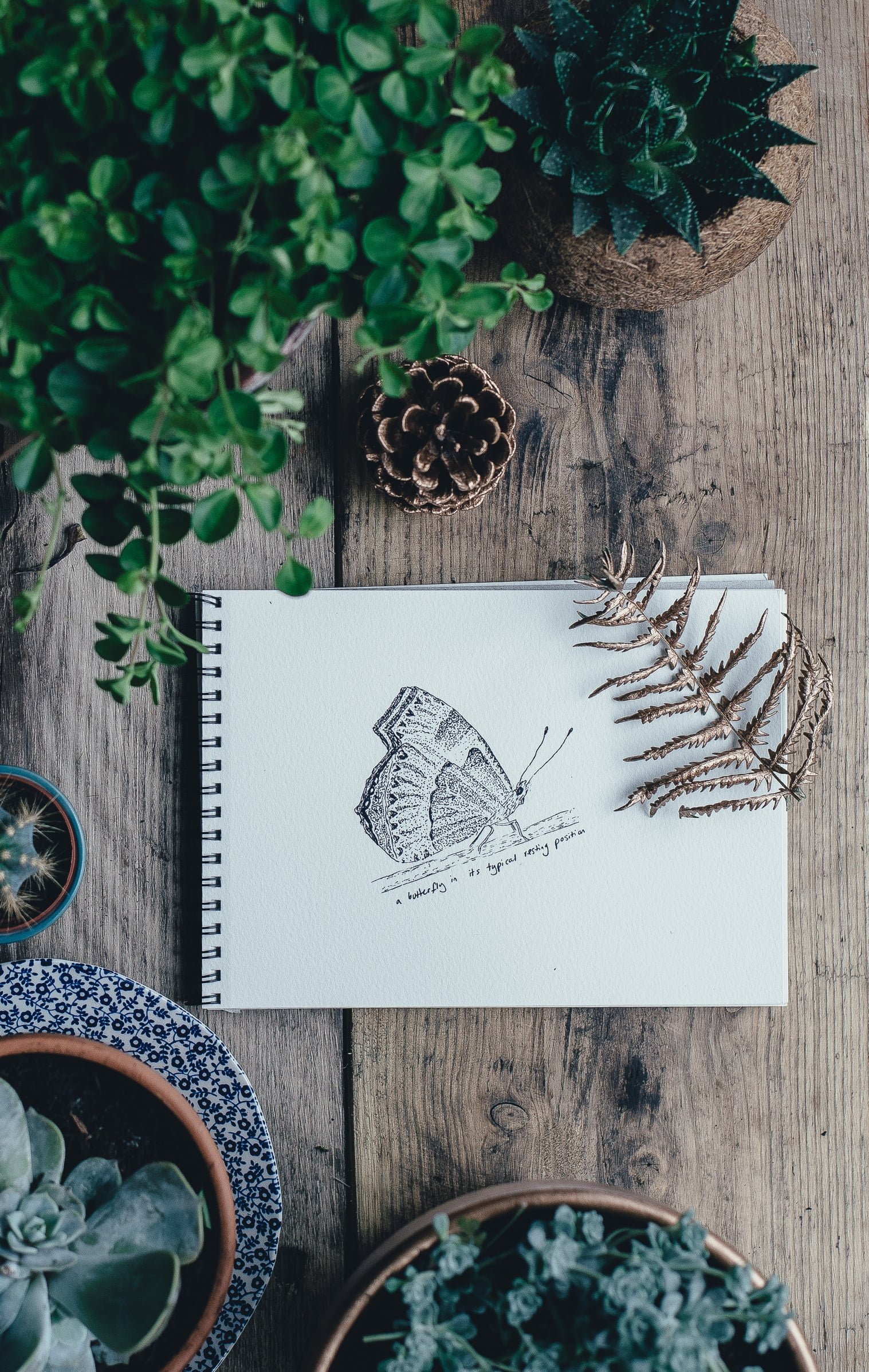
Final Words
Learning to make some beautiful pieces of art requires a good understanding of the fundamentals. Use this guide to help you focus on the basics, and keep trying to resolve every problem as you grow as an artist. Experiment and have fun with different sketches, colors, portrait, and paintings!


